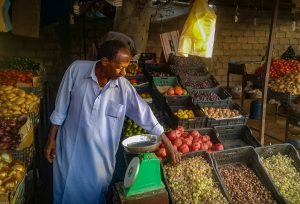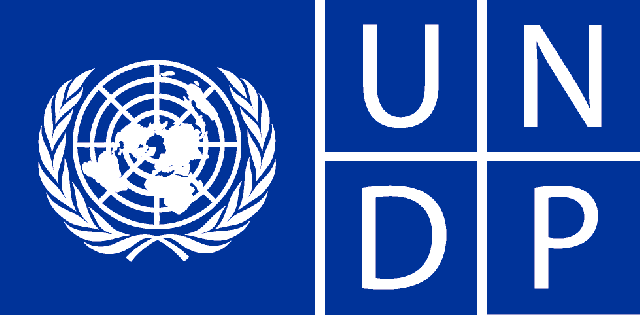By Sami Zaptia.

London, 29 December 2017:
The Libyan dinar has lost 9.1% since November against the US dollar on the black-market, after already having depreciated by 4.8% in the previous month. This has created further inflationary pressures.
Following the recent increases in the black-market exchange rates, food prices across Libya have been moving upwards. Among the assessed locations, food prices rose by 6.0% since November.
The assessments came in a report released this month by international NGO REACH. REACH conducts monthly surveys in Libya in order to have data for international organizations to use in assessing conditions and needs in Libya.
The report assessed 32 items in 257 shops across 24 Libyan cities. The report recorded the black-market dinar-dollar exchange rate at LD 9.55 / dollar. The official bank rate is LD 1.36 / dollar
The report said that in the east of Libya food prices were found to have increased by 10.3 percent and by 4.4 percent in the west. Food prices decreased slightly (-3.4%) in the south. Significant changes to overall food prices were reported in Tobruk (+12.5%) and Zwara (+13.9%).
Notable price changes since November were registered for fresh vegetables, namely tomatoes (+25.0%), onions (+20.0%) and peppers (+12.5%). These increases were likely driven by seasonal factors, the report said.
Most locations saw a rise in sugar (+12.5%) and chicken meat (+9.1%) prices. Across many assessed locations, shop owners reported a shortage of lamb meat in the market. While the shortage has not affected availability of lamb meat, prices have increased by 9.9% since November.
| Food items assessed in the REACH monthly survey: | Salt, Sugar, Wheat flour, Rice, Pasta, Couscous, Tomato paste, Chickpeas, Beans, Milk, Condensed milk, Baby milk.
Vegetable oil, Green tea, Black tea, Canned tuna, Eggs, Chicken meat, Lamb meat, Bread, Tomatoes, Onions, Peppers, Potatoes.
|
Non-Food Item (NFI)
Unlike the parallel exchange rate and food prices, the report said that Non-Food Item (NFI) prices fall slightly since November (-0.6%). In the South, a notable decrease (-6.7%) of NFI prices was recorded. The NFI price index rose by 20.2% in Gharyan, and fell by 21.8% in Zliten. For specific NFIs, no notable price changes since November were reported.
All assessed items were available in shops No availability issues were reported in December. Both food and non-food items were readily available.
| Non-Food Items assessed in the REACH monthly survey: | Hand washing soap, Laundry soap, Shampoo, Dishwashing liquid, Toothpaste, Toothbrush, Sanitary pads, Baby diapers |
Methods of payment
As in the previous month, the survey registered the accepted payment modalities in the assessed shops and found that non-cash payment modalities remain rarely used in the Libyan context.
In addition, shop owners were questioned about payment modalities used to pay their respective suppliers. All respondents reported that they used cash, while only 11.9% handle their payments with cheques, and 7.1% with bank transfers.
The REACH report underlines the continuing trend of price rises reflecting the black-market Libyan dinar exchange rate. It highlights FAO statistics that Libya imports over 80 percent of its food consumption and produces very little food.
The report results on methods of payment will be a disappointment to the Libyan authorities who have made efforts to introduce widespread use of prepaid debit cards and POS machines in the retail sector. The Libyan practice of overwhelmingly using cash will continue the current acute cash liquidity crisis at Libyan banks.







